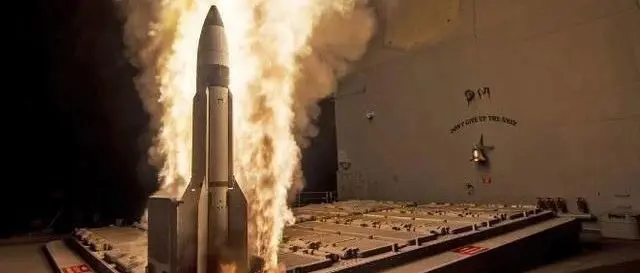Is the US military's "strongest anti-missile system" being built on Guam really that strong?

What is the intention behind the US military's construction of a "deathless" anti-missile position on Guam with the exposure of the land-based "Aegis" system? What is the actual protective capability of this system?
- Vertical Launch System Deploys for the First Time in the Asia-Pacific Region According to US media reports, during his recent visit to the Guam military base, Acting US Navy Undersecretary Tom Mancinelli toured the land-based Vertical Launch System, marking its first deployment in the Asia-Pacific region. - Featuring a modular design, it serves as the storage and launch facility for interceptor missiles of the land-based Aegis anti-missile system.
Reportedly, during his visit to Guam, Mancinelli also received briefings on "critical defense infrastructure in the Indo-Pacific region," "troop readiness," and "new threats." Military commentator Wei Dongxu stated that the emergence of vertical launch systems marks the Pentagon's intention to transform Guam into a large-scale anti-missile position with "no blind spots."
Is the US continuously upgrading its defense systems on Guam to prevent being "wiped out in one go"? In recent years, the United States has prioritized addressing "great power competition" as its primary strategic objective, actively preparing for the so-called "high-end wars," with the Western Pacific region increasingly becoming a focal point of its attention. As the military capabilities of countries in the Asia-Pacific region develop and new military technologies are researched, developed, and put into use, the US's concerns about the core of the "second island chain"—Guam—being targeted and crippled have only grown.
In the month of the year, the Pentagon announced plans to construct a "360-degree missile defense system" on Guam, later known as the "Enhanced Integrated Air Defense System." This system is centered around the "Aegis" air defense system and includes the Army's "Patriot-3," "Patriot-3," and "THAAD" air defense systems, as well as the Navy's "Standard-2," "Standard-6" air defense missiles, with supporting equipment such as the MK-41 vertical launch system and AN/TPY-2 radar.
Military expert Du Wenlong stated that the US's deployment of land-based "Aegis" around Guam aims, firstly, to transform Guam into a "island before the gate," enabling the formation of a multi-layered air and missile defense system. Secondly, it seeks to turn Guam into a "gate-guarding island," hoping to use Guam to sever the sea, air, and missile strike routes of other nations.
"Ducklings Turned into Land Ducks" - How Effective is the Ground-Based "Aegis" Capability? Currently, the Ground-Based "Aegis" system is primarily used for detecting "ballistic missile threats flying outside the atmosphere" and launching "Standard-" anti-missile interceptors for interception. While the U.S. military is vigorously advancing the construction of defense systems on Guam, it is also vigorously developing strike capabilities, aiming to transform Guam into a comprehensive maritime offensive and defensive platform integrating rapid land, sea, and air strikes, amphibious attacks, and more.
The newly exposed vertical launch system is capable of launching various types of air defense missiles, as well as the "Tomahawk" cruise missile with a maximum range of kilometers, and the "Standard-" missile for air defense and anti-missile purposes. Wei Dongxu stated that it is extremely difficult for the existing U.S. missile defense systems to intercept hypersonic missiles that use a boost-glide mode.
Additionally, deploying anti-missile systems on Guam would also face challenges such as irregular terrain, limited space for constructing the anti-missile system, overly complex installation and construction plans, and difficulty in resolving funding issues. According to a report by the Russian Satellite News Agency citing U.S. media, the U.S. Missile Defense Agency stated in a draft environmental impact statement on the same day that the deployment locations for the originally planned multibillion-dollar missile defense system on Guam have been reduced from the initial number of sites to just two.

